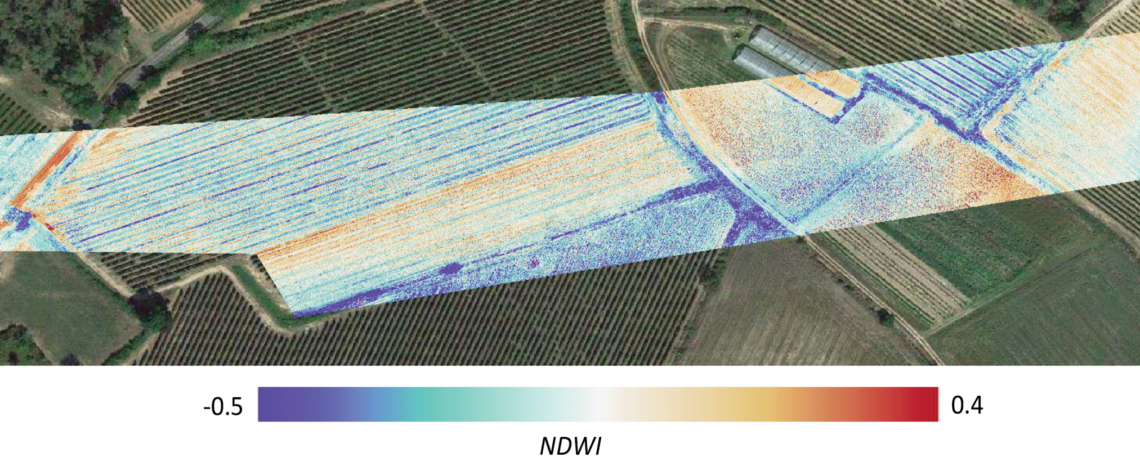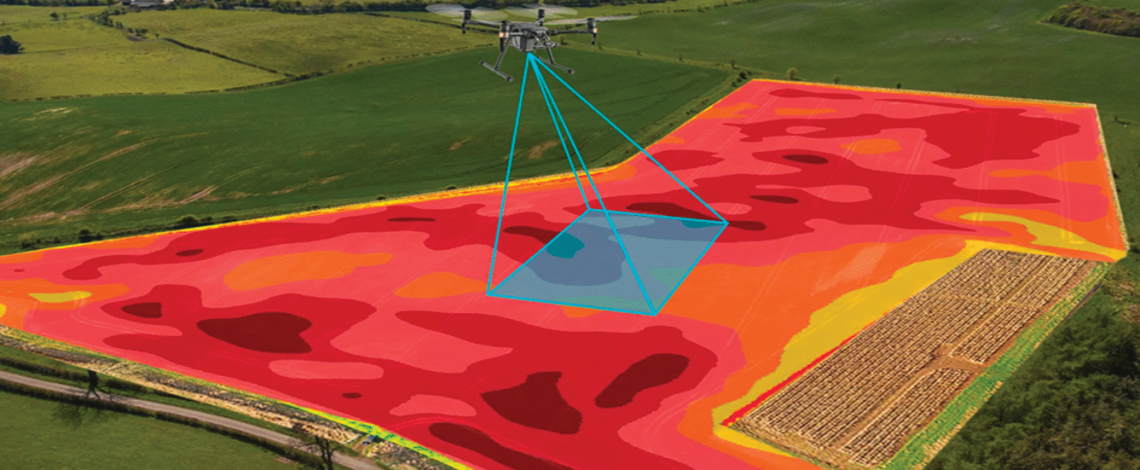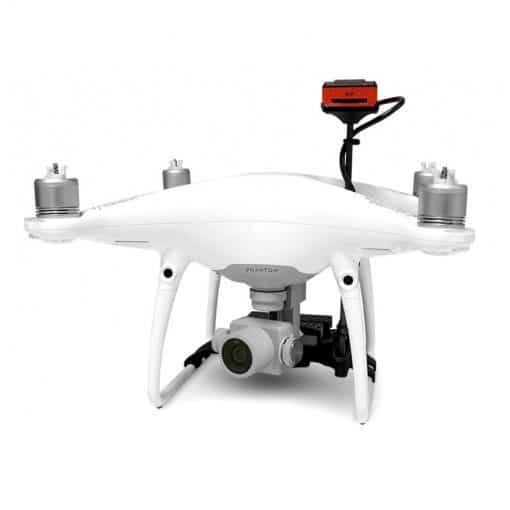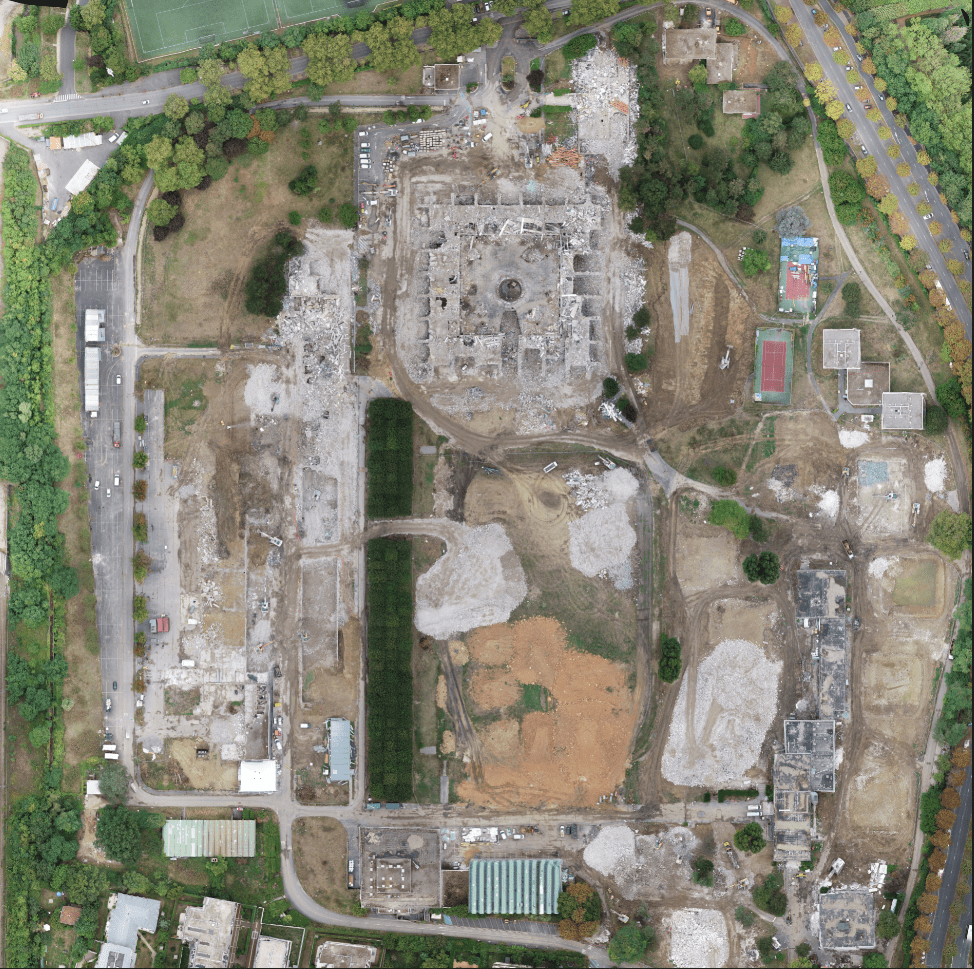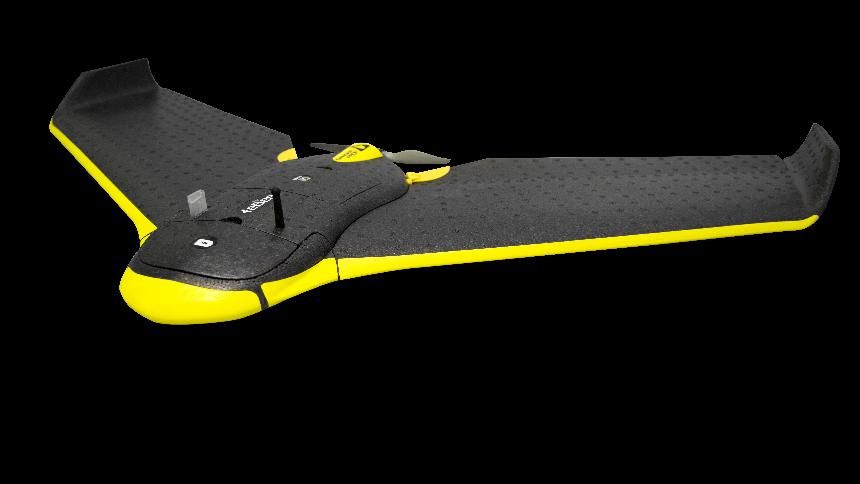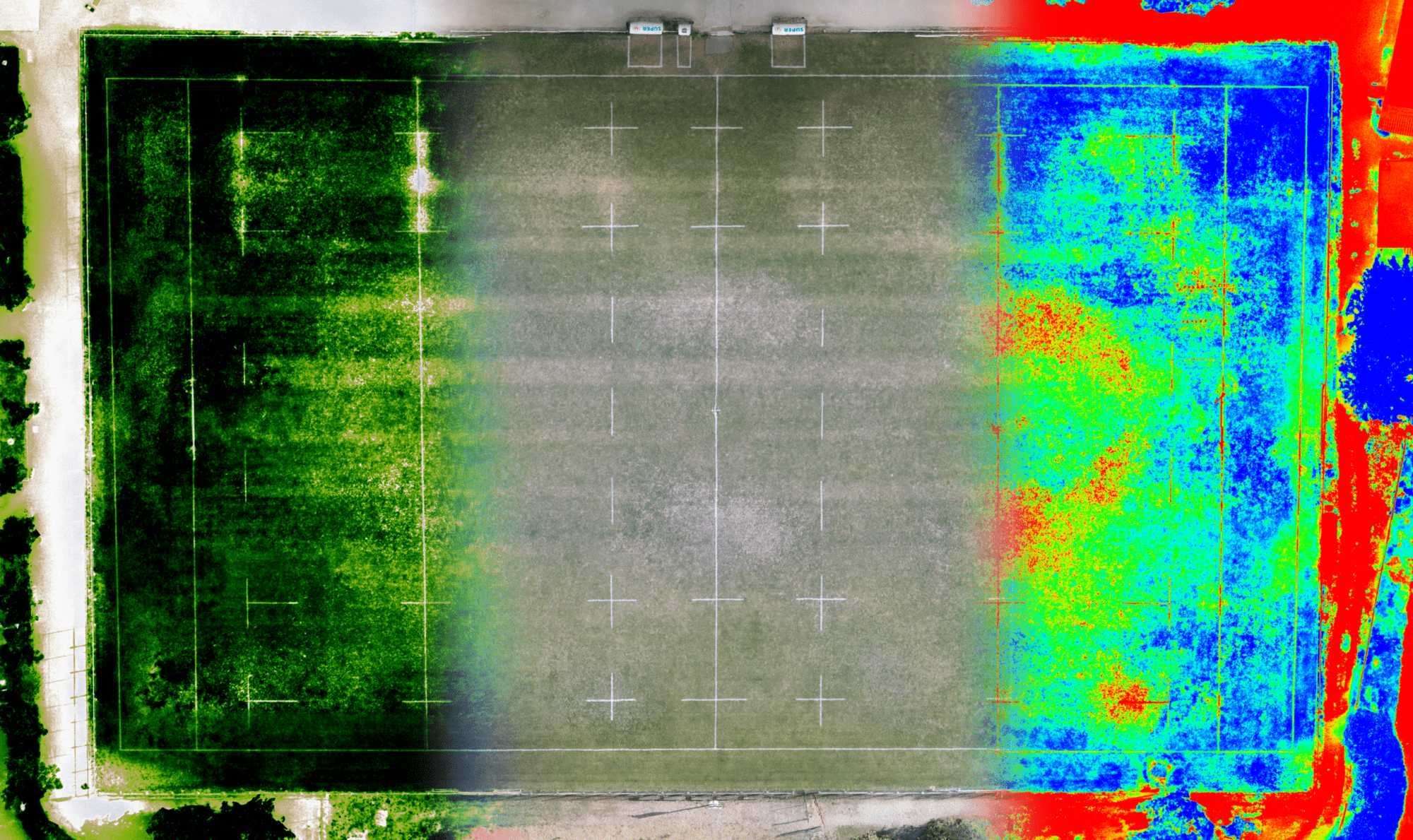THE DRONE FOR AGRICULTURE
Optimizing input supply
In a real flying laboratory, the UAV carries one or more sensors depending on the measurements to be taken: biomass estimation, chlorophyll rate, water stress or simple imagery (for example to estimate damage done by pests or to locate diseased trees in a forest).
Once the raw data taken during the overflight have been collected, the information still needs to be analysed and interpreted in order to derive concrete recommendations. With what the mapping will have revealed, it will be possible to fine-tune the inputs according to the zones of the plot, and to target the areas where to intervene.
The applications are numerous: calculating nitrogen fertilizer doses (wheat and rapeseed), monitoring biomass production (pastures), estimating game or lodging damage and, in the future, detecting leaf diseases and weeds.
The uses of UAVs are evolving as fast as their technologies. Soon it will be possible to directly integrate the data acquired by the UAV into precision farming software, for example to control fertilizer spreaders.
The Parrot SEQUOIA+ multispectral sensor is revolutionising the sector by offering a complete, adaptable and compatible solution for all UAVs. Thanks to its two sensors, multispectral and sunshine, Sequoia+ analyses the vitality of plants by capturing the amount of light they absorb and then reflect. This data collection allows the farmer to act on his plots in an optimal way.
The Instadrone network, in collaboration with oenological engineers, is developing a capture and analysis protocol for viticulture. This service will soon be marketed.
Optimize your agricultural yield and make savings
Capture with high-tech precision

